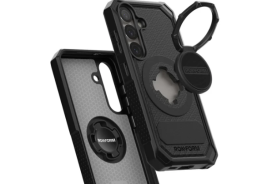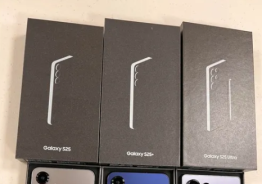Due to the United States' Government budget restraints, NASA has not been able to do some ambitious things in the Space program. However, that won't stop the space agency from trying other less expensive means to get into space, and this is where the PhoneSat project comes into play. The goal of PhoneSat is to built inexpensive satellites to put into space; these satellites could end up being the cheapest satellites ever to come from NASA or any other institution sending satellites into space.
What makes PhoneSat special and important on a technical point of view, is that the satellite is powered by an actual phone, a Google HTC Nexus One to be exact. The first satellite is called PhoneSat 1.0 with a Nexus One working as the brain of the operation. However, this satellite is not intended to stay in space for a long period of time. Its only mission is to beam images of space back to NASA. Then after the task is done, the thing is put to death.
There is another PhoneSat in the works at Microsoft, this one is called PhoneSat 2.0 and it incorporates a Nexus S smartphone as the brain of the satellite device. This version will be much more advanced, allowing NASA engineers to control the satellite from earth, along with GPS and solar onboard for longer space navigation.
This is a good move by NASA - using off-the-shelf consumer electronic devices; NASA has managed to keep the total cost of a single PhoneSat satellite at $3,500. From our research, NASA's PhoneSat is the cheapest satellite ever conceived, and it could even get cheaper by using other brand Android based smartphones or if NASA chooses to do it themselves.
NASA's PhoneSat 1.0 and PhoneSat 2.0 is scheduled to launch into space via a rocket later in the year.
© Copyright 2025 Mobile & Apps, All rights reserved. Do not reproduce without permission.












